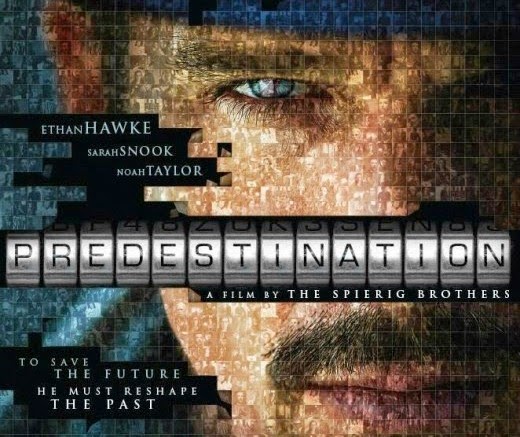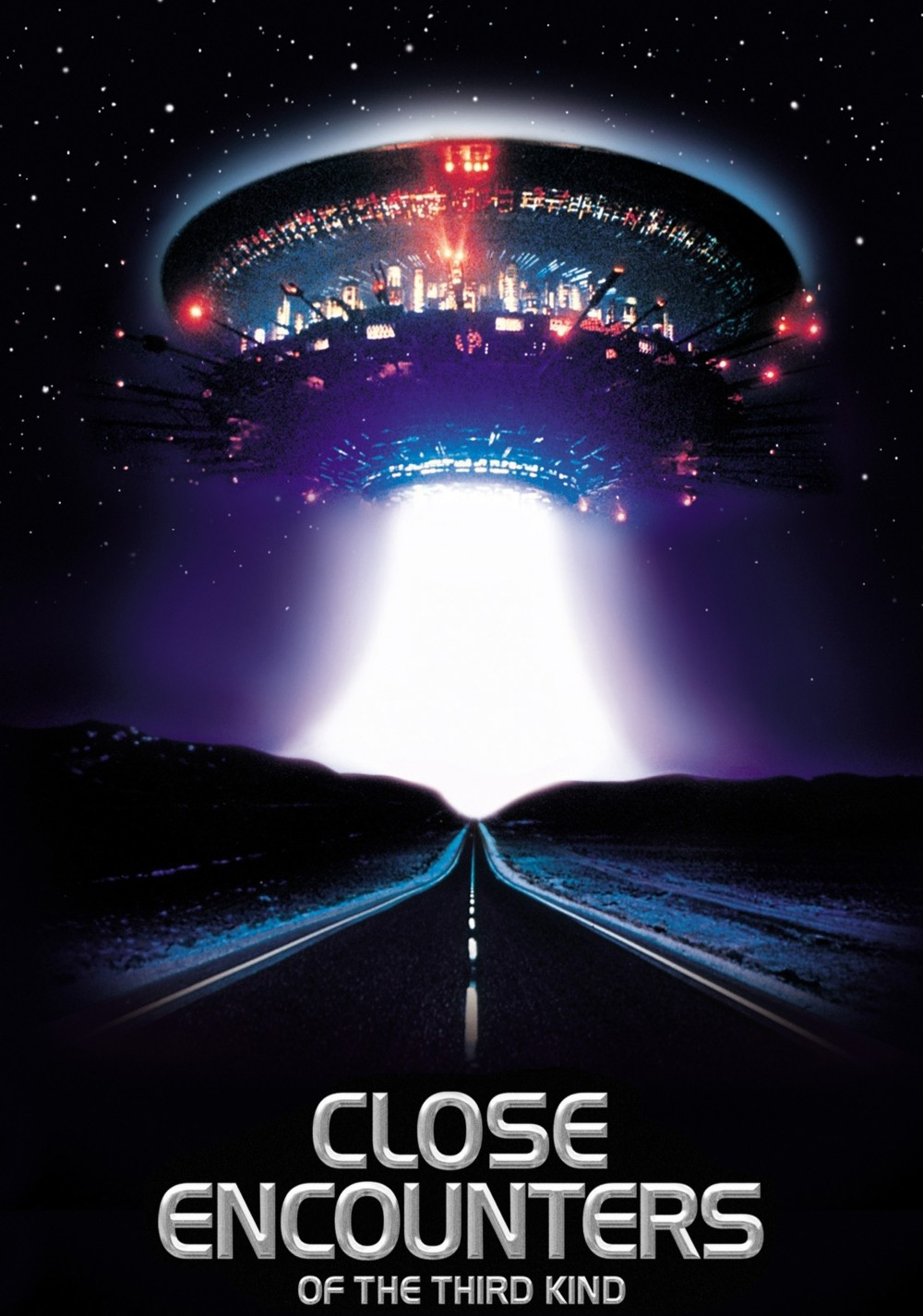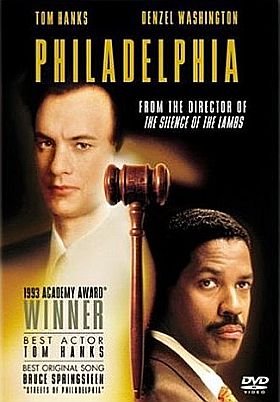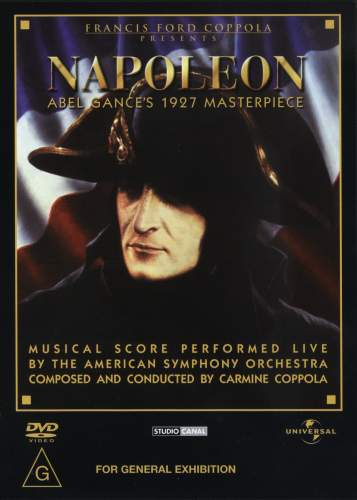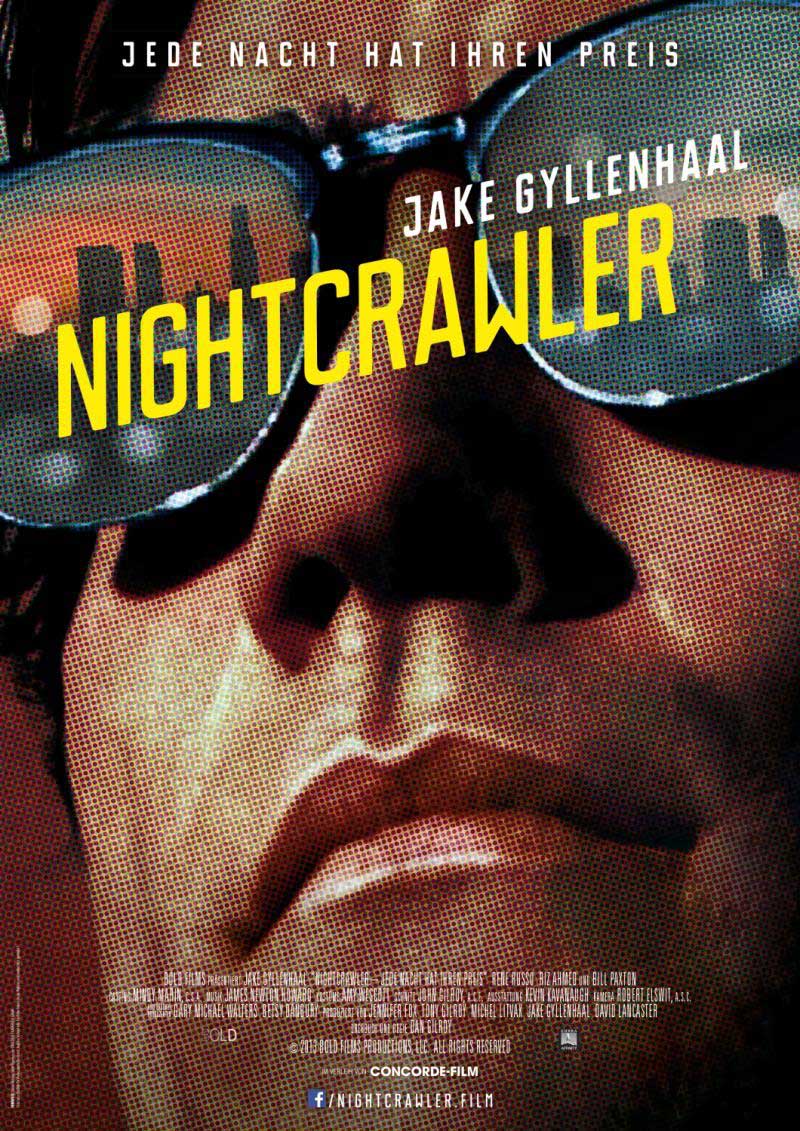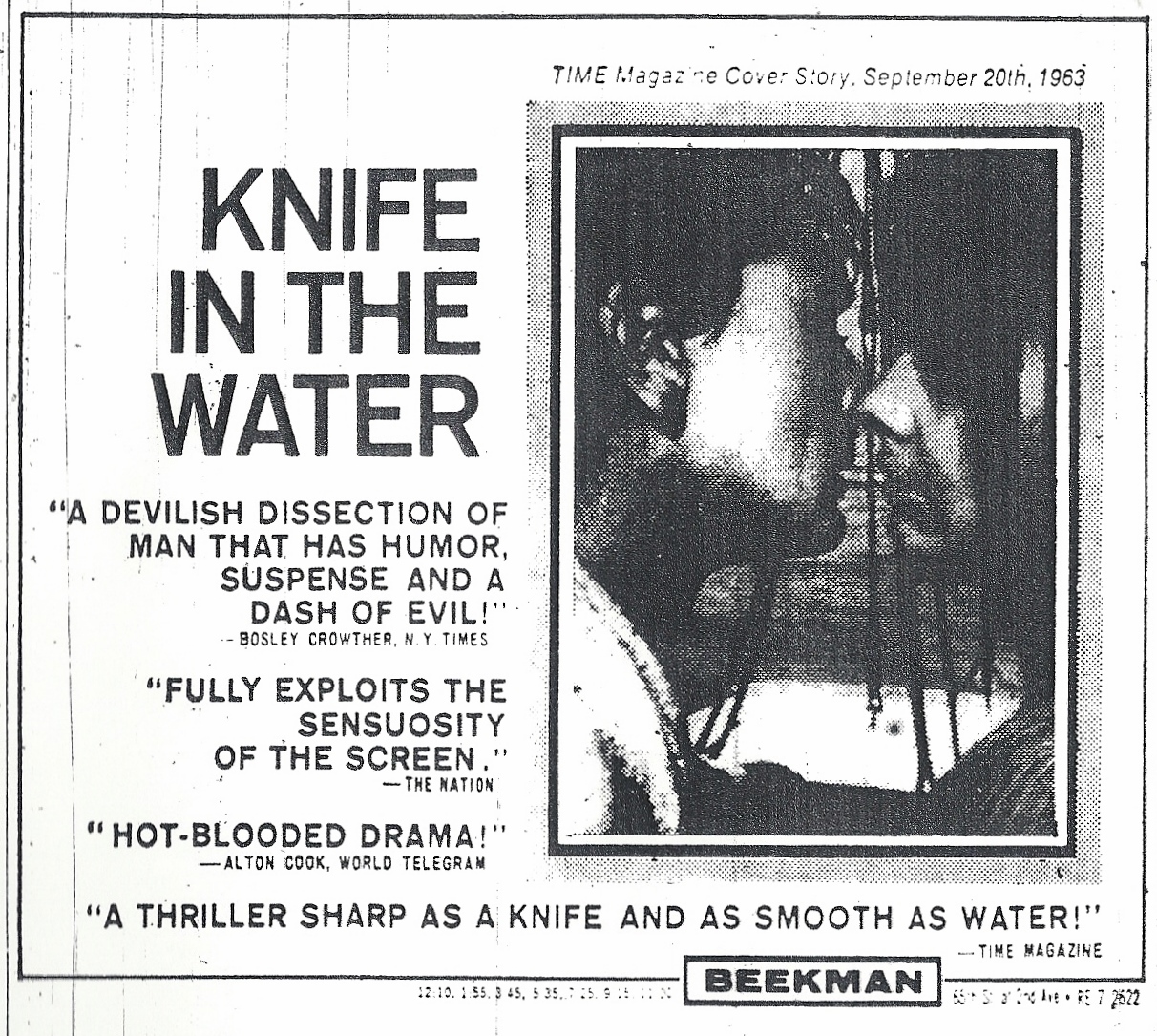
Director: Kenneth Branagh
Disney's current trend of making "live action re-imaginings" of classic animations sound like a purely financial decision; squeezing new life out of stories already very familiar to children. On the other hand, fairytales (which most of the films are based upon) are the ideal stories to re-tell over and over again, each generation having their own version to enjoy. So rather than approaching this Cinderella with trepidation, I watched with interest.
The original Disney Cinderella film, from 1950, is my least favourite of the Disney princess films, with a Cinderella whose character is less developed than her mouse companions. And while the animation is lovely, particularly the transformation scene, it doesn't have the beauty of the Golden Age in the 90s. Branagh knows how to do visual spectacle, and his Cinderella has plenty of visual flair, from the costumes and sets, to the heighten colour of the image itself. Lily James is a sweet Cinderella, and Cate Blanchett gives depth to the Stepmother, whose nastiness is more complex than previous films.
The influence of other Cinderella films is apparent, from the early meeting of Cinderella and the Prince (Ever After) and Cinderella's final words to her stepmother (The Slipper and the Rose). The film is certainly aimed at young audiences, and did boarder on too sweet in places for my taste. However, I liked it overall, and it is definitely an improvement on the animation.
